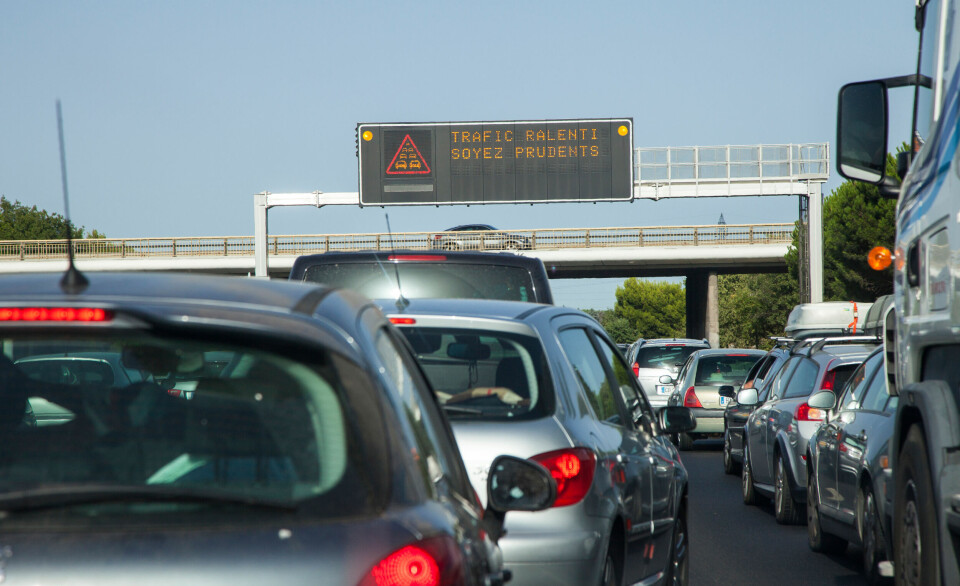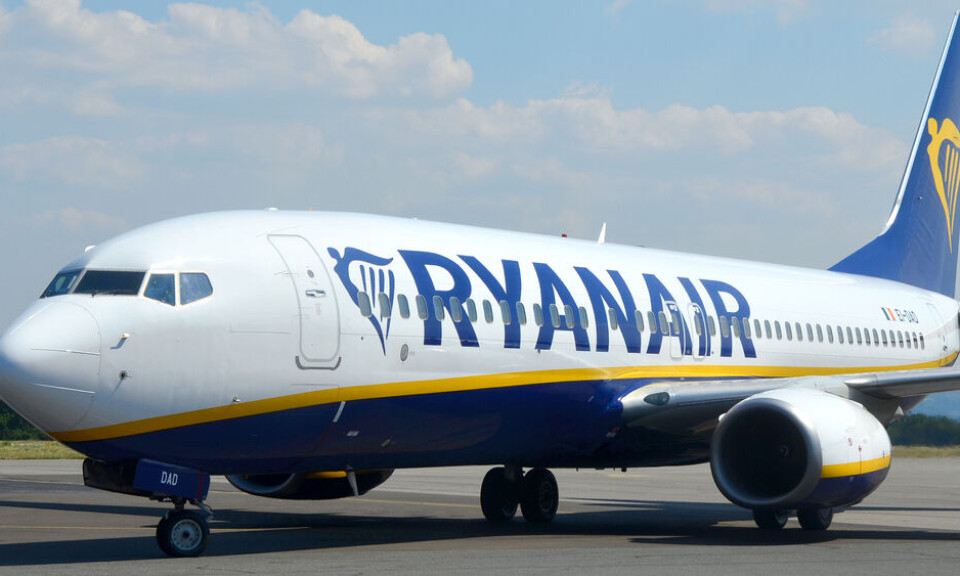-
Will we have to pay back any of the French Aspa pension top-up money we have received?
Benefit can become repayable after a recipient’s death
-
Social charges on UK government pensions: France residents report progress
Issue now drawing attention at the highest levels
-
My French pensions never go up. How can I check if they are correct?
Increases will not be more than the average rise in salaries
Which pension investment schemes are best for Britons in France?
Partner article: Defined benefit pension, QROPs or assurance vie? Daniel Butcher, of DTB Wealth Management, looks at the tax implications of all three

Many UK expats over the age of 55 and who move to France will take annuities from a defined benefit UK pension (a work pension paying retirement income based on salary and years worked).
Yet the annuities, called ‘rente viagère à titre onéreux’, will likely live up to their name and grow into an onerous tax bill.
Do this before your first tax declaration
“What expats – who are about to become a French tax resident – should do first is take the capital the defined benefit scheme offers, which is a 25% Pension Commencement Lump Sum (PCLS), prior to their first tax declaration in France,” says Daniel.
“My clients have saved themselves a considerable amount in tax this way as the 25% PCLS is tax free as a UK tax resident, but can become taxable up to 45% when you become a French tax resident.”
Mitigate tax when moving defined benefit UK pension to a QROPS
A QROPS route is a solution for getting the defined benefit pension out of the UK.
To have a QROPS you need to be in the EU – and, if in France, a French tax resident – so the 25% tax free lump sum can become immediately highly taxable.
In addition, any drawdown is taxed at the marginal rate, up to 45%, to which 9.6% social charges are added.
However Daniel says there are ways to mitigate this level of tax when moving a defined benefit UK pension to a QROPS.
“In the EU, scheme holders can then use flexible access to bring the entire pension back to France paying flat tax, waiving any pension tax on the lump sum which becomes net of all tax.
Invest lump sum into assurance vie
“The next step to maximise benefits is to invest this capital into an assurance vie policy where the policy holder sets ‘programmed regular withdrawals’.
These have favourable tax requirements for eight years, which continue to be even more so for the following eight.
“The beauty of this option as well,” adds Daniel, “is that the policyholder can do what they wish with the capital; it can be passed to any chosen individual during life or upon death.”
Three illustrations to explain
Daniel and his team at DTB Wealth Management calculated the difference between the three initial scenarios.
On a €171,000 defined benefit scheme the client could gain €9,833 a year for 17 years and would pay €6,000 tax a year (€97,000 over 17 years).
Opting for the drawdown route via a QROPs results in an annual payment of €4,000 or €67,000 over 17 years.
However, the assurance vie route – after paying €11,500 in flat tax to extract from the QROPS – would result in €223 a year or €3,800 over 17 years.
“In an era when inflation is at its highest for many decades and when markets are not at their best, one of the avenues left to explore is tax,” concludes Daniel.
“This is one of our specialities, we know precisely how to maximise our clients’ income.”
Related articles
Why are British pensioners in France not eligible for £300 energy aid?
Best way for Britons in France to manage ‘lump sums’ of money
French residents with UK premium bonds warned of bank charge risk
























